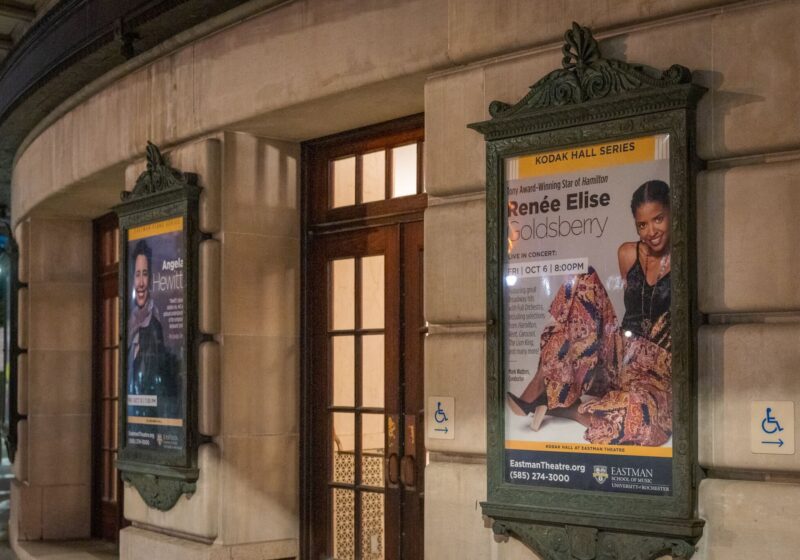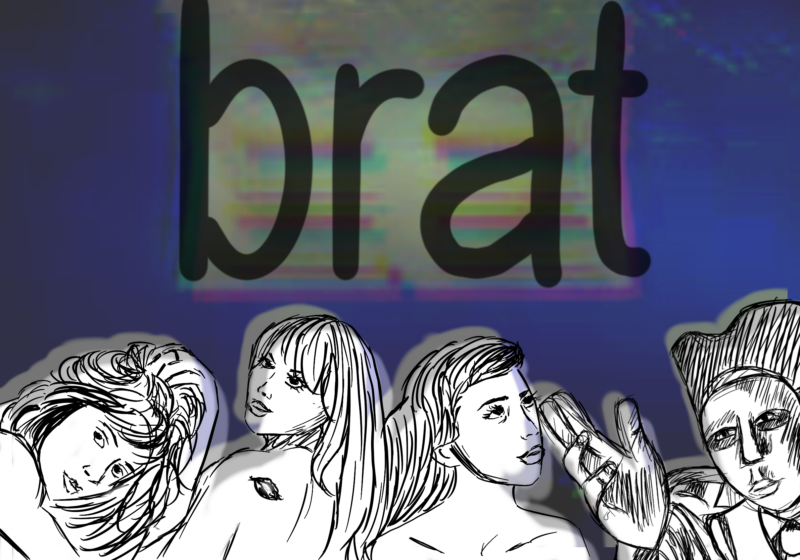Recently I have been attending a film series here on campus titled “Visual Culture and the African Diaspora,” which focuses on black independent filmmakers. The films themselves and the interesting conversations that follow have brought up some very interesting points about African American cinema and its function in society.
The first film screened was Bill Gunn’s “Ganja and Hess.” The film emerged in the early 70’s during a film movement many began to know as “blaxploitation.” The blaxploitation genre is said to have started with the incredible success of Melvin Van Peebles’ “Sweet Sweetback’s Baad Asssss Song,” followed by a series of more accessible cross-cultural pieces such as Gordon Park’s “Shaft.”
The blaxploitation explosion was immediately controversial and surrounded with an extreme ambivalence on its representation of the black community. “Ganja and Hess” was a subversive film within the blaxploitation genre. Rather than concentrating on the actions of spectacle and revenge on white society as blaxploitation films such as “The Spook Who Sat By The Door” had done in the past, “Ganja and Hess” breaks down genre expectations and focuses implicitly on the black community.
In particular is how the film addresses the function of religion, juxtaposing church services with images of vampirism and alcoholism, suggesting that Christianity could be a detrimental entity in the black community. It directly addresses issues within the black community, as opposed to “Shaft,” a film originally intended to focus on a white protagonist but was changed after the initial success of “Sweet Sweetback.”
The second film screened was Charles Burnett’s “Killer of Sheep,” a film that can be screened only in an academic setting because of copyright issues. The film takes a whole new approach to the on screen representation of African Americans through a neo-realist approach, immersing itself in the lives of a struggling family who continually attempt to escape a poverty-ridden ghetto.
The film brilliantly depicts the frustration and confinement of poverty, a father who’s stuck with a job at a slaughterhouse – his frustrations emerge in the mechanical slaughtering of sheep. The film’s director opposed “blaxploitation” films and attempted to create something more true to life. The film was reactionary to blaxploitation films, attempting to replace the blaxploitation genre’s public representation of the black community.
I encourage anyone with even the slightest interest in film and its role in culture to attend screenings such as these and any other alternate film series on campus. Most alternative films are held on Thursday nights or earlier in the week. Enter with an open mind and allow yourself a chance to experience something outside the cookie-cutter cinema dominating the theaters.
Oleksa can be reached at loleksa@campustimes.org.



